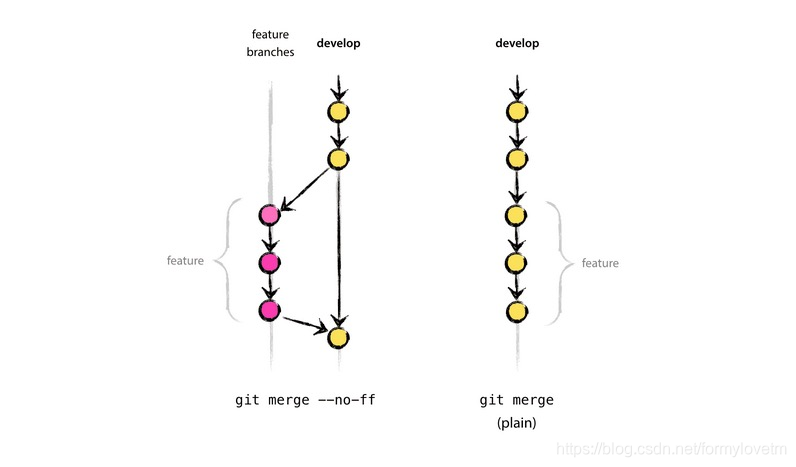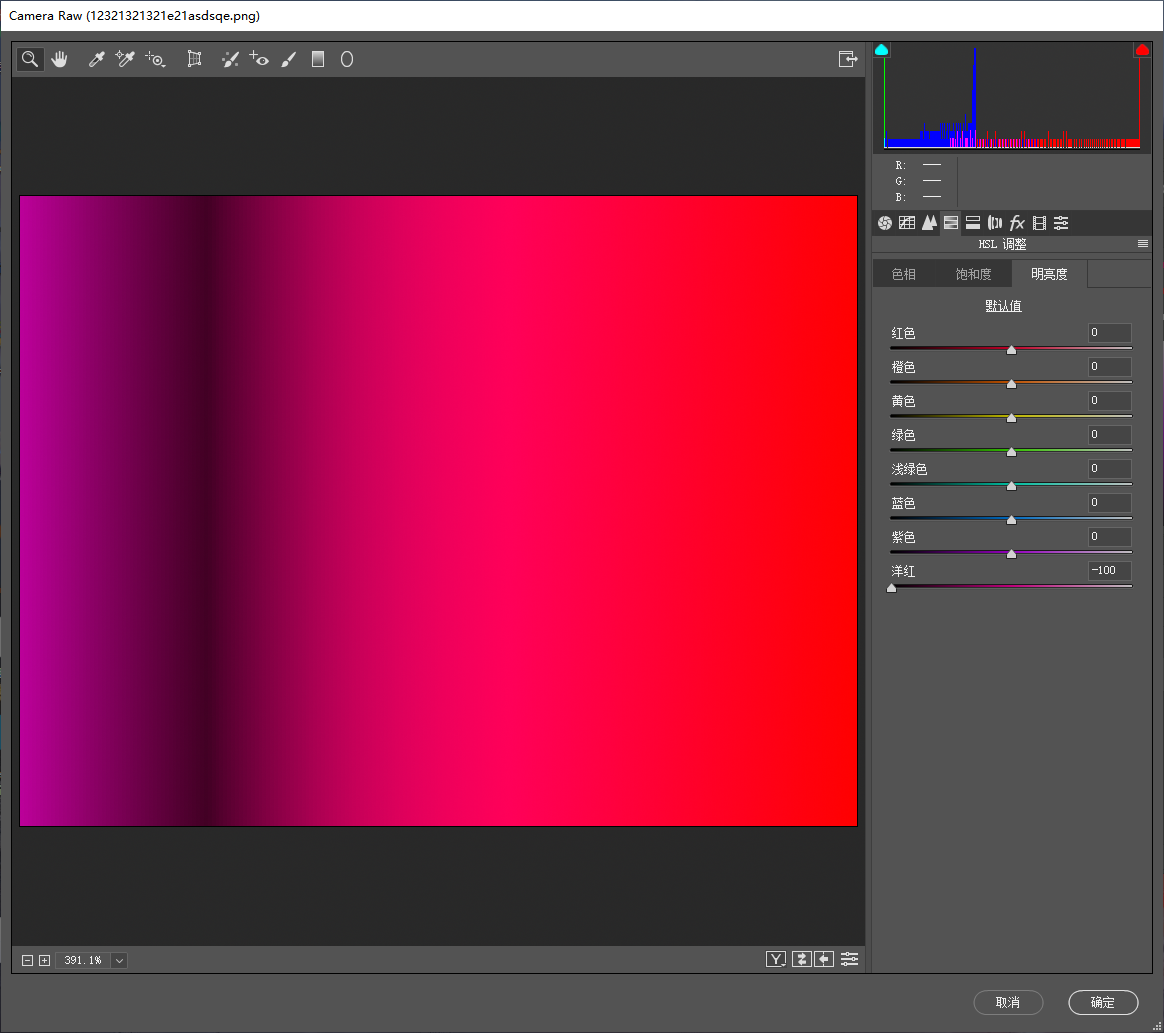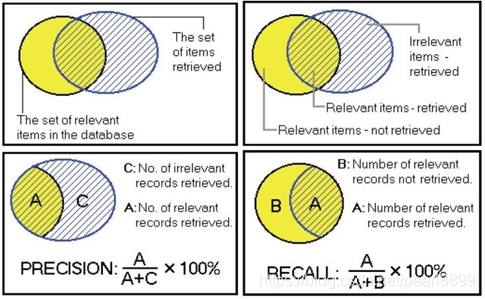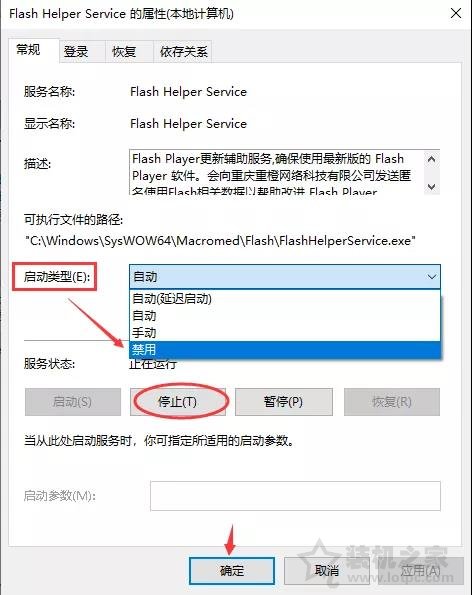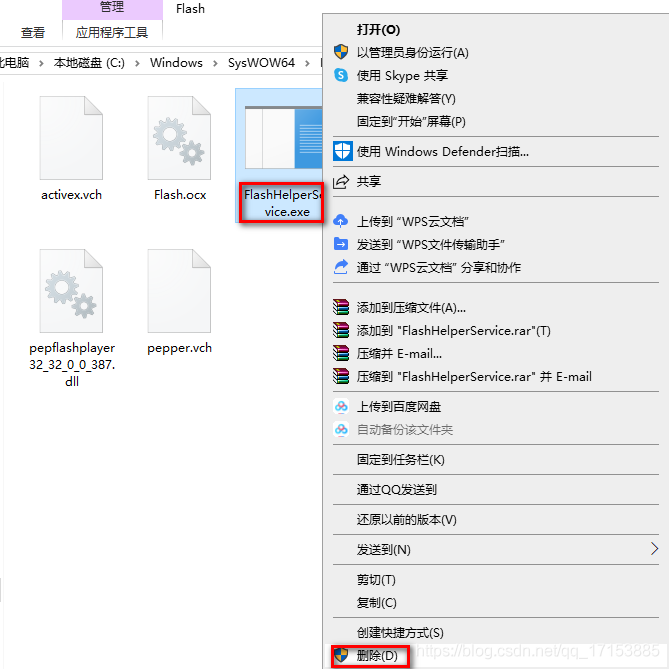Vue接口调用🔥
| 接口调用 | 地址 |
|---|---|
| Vue接口调用(一)fetch用法 | https://blog.csdn.net/m0_55990909/article/details/123957200 |
| Vue接口调用(二)axios用法🔥 | https://blog.csdn.net/m0_55990909/article/details/123981283 |
| Vue接口调用(三)async/await用法🔥 | https://blog.csdn.net/m0_55990909/article/details/123981292 |
✍目录总览:
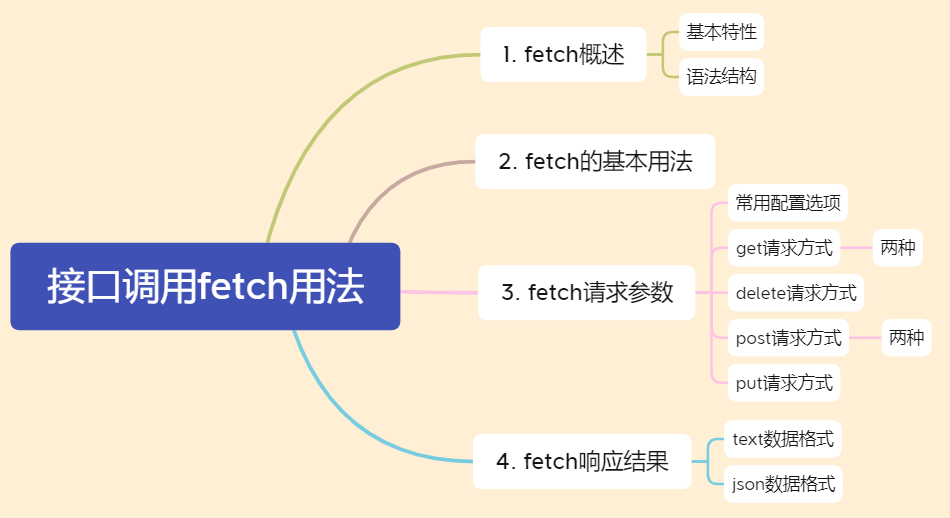
1. fetch概述
基本特性
- fetch是传统ajax的升级版本,是原生js
- 更加简单的数据获取方式,功能更强大,更灵活,可以看作是xhr的升级版。
- 基于Promise实现
语法结构
fetch(url).thne(fn2).thne(fn3)....then(fn)
2. fetch的基本用法
- 第一个.then接收到的是Promise数据集
- 需要被.then处理才可以看到 我们最终想要的数据。

//客户端请求
<body><script type="text/javascript">//Fetch API 基本用法fetch('http://localhost:3000/fdata').then(function(data){// text()方法属于fetchAPI的一部分,它返回一个Promise实例对象,用于获取后台返回的数据return data.text();}).then(function(data){console.log(data);})</script>
</body>//服务器响应
app.get('/fdata', (req, res) => {res.send('Hello Fetch!')
})

3. fetch请求参数
常用配置选项:
- method(String):HTTP请求方法,默认为GET(GET、DELETE、POST、PUT)
- body(String):HTTP请求参数
- headers(Object):HTTP的请求头,默认为{}
3.1 get请求方式的参数传递
第一种方式
//客户端请求
<body><script type="text/javascript">//GET参数传递-传统URLfetch('http://localhost:3000/books?id=123', {method: 'get'}).then(function(data){return data.text();}).then(function(data){console.log(data)});</script>
</body>//服务器响应
app.get('/books', (req, res) => {res.send('传统的URL传递参数!' + req.query.id)
})

第二种方式(restful形式的url)
//客户端请求
<body><script type="text/javascript">//GET参数传递 - restful形式的URLfetch('http://localhost:3000/books/456', {method: 'get'}).then(function (data) {return data.text();}).then(function (data) {console.log(data)});</script>
</body>//服务器响应
app.get('/books/:id', (req, res) => {res.send('Restful形式的URL传递参数!' + req.params.id)
})

3.2 delete请求方式的参数传递
//客户端请求
<body><script type="text/javascript">//DELETE请求方式参数传递fetch('http://localhost:3000/books/789', {method: 'delete'}).then(function (data) {return data.text();}).then(function (data) {console.log(data)});</script>
</body>//服务器响应
app.delete('/books/:id', (req, res) => {res.send('DELETE请求传递参数!' + req.params.id)
})

3.3 post请求方式的参数传递
- body用于向后台传递数据
- headers请求头需要配置content-type内容类型(后面的值是固定的),才可以传过去
第一种方式
传递的是传统格式的参数
//客户端请求
<body><script type="text/javascript">//POST请求传参fetch('http://localhost:3000/books', {method: 'post',body: 'uname=lisi&pwd=123',headers: {'Content-Type': 'application/x-www-form-urlencoded'}}).then(function (data) {return data.text();}).then(function (data) {console.log(data)});</script>
</body>//服务器响应
app.post('/books', (req, res) => {res.send('POST请求传递参数!' + req.body.uname + '---' + req.body.pwd)
})

第二种方式
传递的是Json格式的参数
//客户端请求
<body><script type="text/javascript">//POST请求传参fetch('http://localhost:3000/books', {method: 'post',body: JSON.stringify({uname: '张三',pwd: '456'}),headers: {'Content-Type': 'application/json'}}).then(function (data) {return data.text();}).then(function (data) {console.log(data)});</script>
</body>//服务器响应
app.post('/books', (req, res) => {res.send('POST请求传递参数!' + req.body.uname + '---' + req.body.pwd)
})
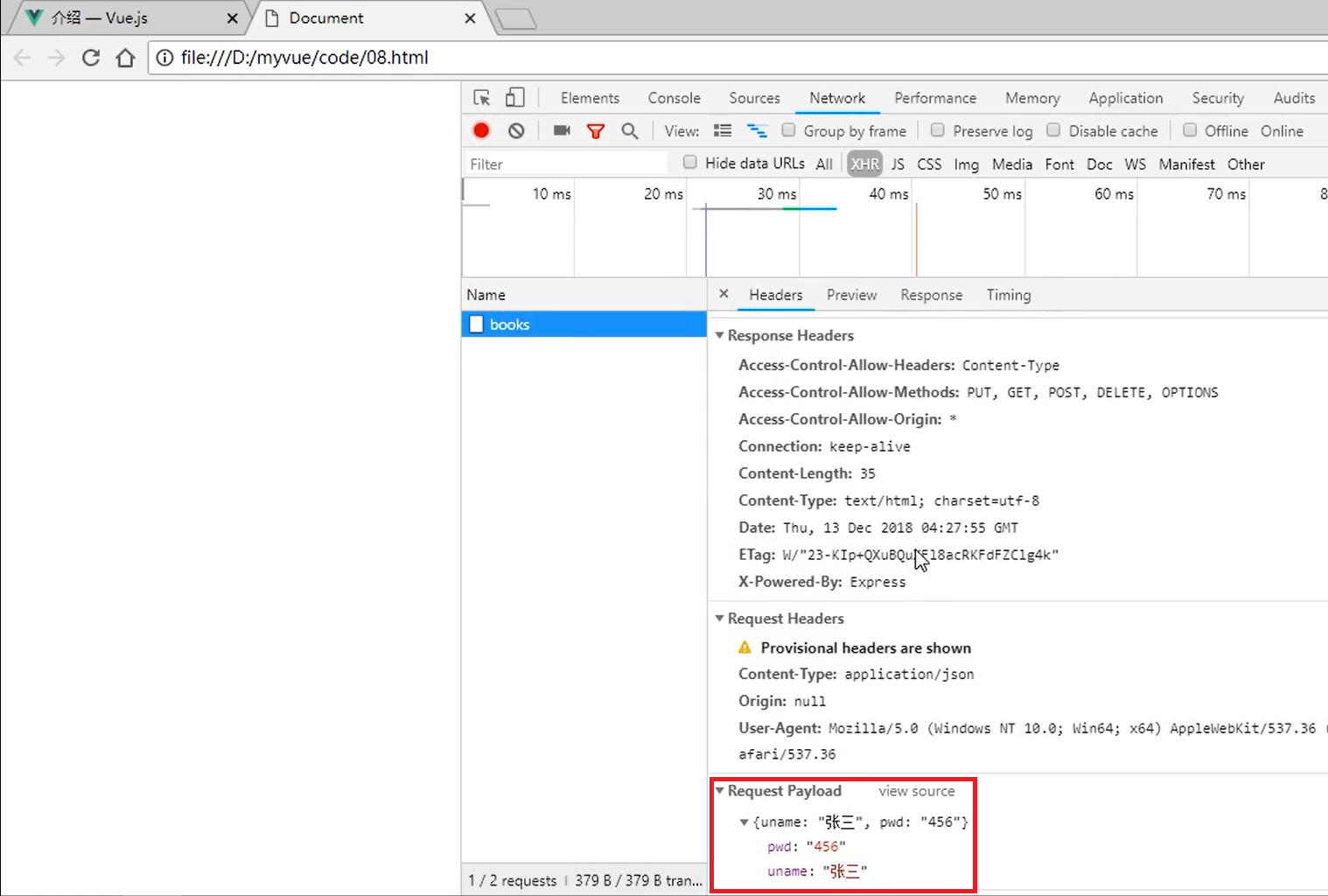

- 可以接受json格式参数的原因:有bodypaser中间键

3.4 put请求方式的参数传递
- put请求方式的参数传递:一般提交的数据,用于修改原有数据
- put也支持第一种 传递传统表单text形式的参数
- json格式需要后台提供支撑,也就是bodyParser中间键
//客户端请求
<body><script type="text/javascript">//PUT请求传参fetch('http://localhost:3000/books/123', {method: 'put',body: JSON.stringify({uname: '张三',pwd: '789'}),headers: {'Content-Type': 'application/json'}}).then(function (data) {return data.text();}).then(function (data) {console.log(data)});</script>
</body>//服务器响应
app.put('/books/:id', (req, res) => {res.send('PUT请求传递参数!' + req.params.id + '---' + req.body.uname + '---' + req.body.pwd)
})

4. fetch响应结果
- text():将返回体处理成字符串类型
- json():返回结果和JSON.parse(responseText)一样
第一种方式text
//客户端请求
<body><script type="text/javascript">//Fetch响应text数据格式fetch('http://localhost:3000/json').then(function(data){return data.text();}).then(function(data){var obj = JSON.parse(data);console.log(obj.uname,obj.age,obj.gender)})</script>
</body>//服务器响应
app.get('/json', (req, res) => {res.json({uname: 'lisi',age: 13,gender: 'male'});
})
- data类型为字符串,无法直接访问属性的值

处理方式(访问到具体属性值):
1.使用JSON.parse()把字符串转化成对象
var obj = JSON.parse(data)
2.使用 obj.属性名 得到属性值
console.log(obj.uname)

第二种方式json
//客户端请求
<body><script type="text/javascript">//Fetch响应json数据格式fetch('http://localhost:3000/json').then(function(data){return data.json();}).then(function(data){console.log(data.uname)})</script>
</body>//服务器响应
app.get('/json', (req, res) => {res.json({uname: 'lisi',age: 13,gender: 'male'});
})

- 返回的data是object对象,可以直接获取对象中属性的值 (data.属性名)








